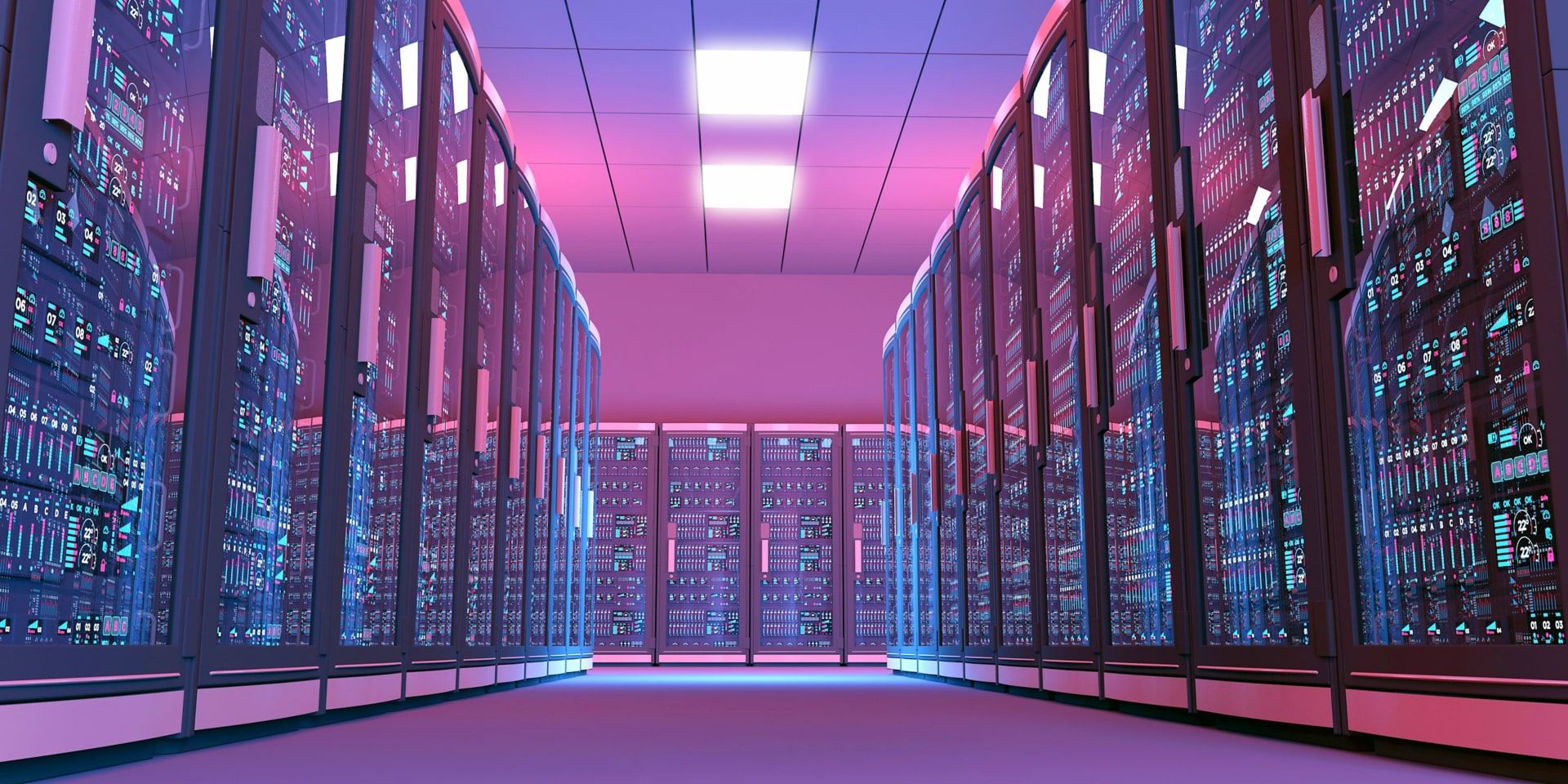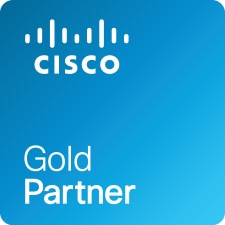September 29, 2017
How Hyperconvergence Is Changing Data Centers
Powerful appliances combine IT capabilities to ease management and deployment.

While the cloud has revolutionized data centers, it’s not necessarily the best solution for every enterprise or application. The need to store sensitive data or maintain low-latency connections often calls for an on-premises solution or a hybrid infrastructure.
Many IT leaders pondering their next data center move are taking a long look at hyperconverged appliances, such as the Cisco HyperFlex line. Gartner predicts that the market for hyperconverged infrastructure solutions — which combine computing, networking, storage and virtualization technologies into a single appliance — will more than double over the next few years, growing from $2 billion in 2016 to nearly $5 billion in 2019.
The biggest reason? Ease of management and deployment.
Until recently, data center managers had to go to a server manufacturer to get more computing power or to a storage area network (SAN) solution architect to get more network storage. With a hyperconverged appliance, they can get it all from a single vendor with no integration required. We’ve seen data center managers stand up a Cisco HyperFlex unit in less than 30 minutes. These appliances have fewer cables to manage and provide a single management interface for numerous IT services, which makes administration easier and more intuitive.
A Built-In Advantage
If your organization already operates a network on Cisco hardware (about 8 out of every 10 enterprises run on Cisco), you won’t need to configure new protocols or work out quality of service policies. All of that is built in, making integration fast and easy. You can literally just take it out of the box, plug it in and get to work.
One of the toughest things I sometimes have to tell IT leaders who are upgrading their data centers is that they need to replace all of their old switches and storage units because they don’t work with a new system. Not so with HyperFlex. Using fabric connects, you can integrate the new appliances alongside older rack servers, switches and SANs, making the transition much smoother.
Or you can take older equipment and redeploy it to a disaster recovery site. One of the big things Cisco has been working on for the next release of HyperFlex is site-to-site replication, which will make data migration between converged and nonconverged hardware much easier. Partners such as Veeam and Commvault have already certified their backup appliances to work with Cisco HyperFlex.
Smaller Is Better
Having everything in one box also shrinks the data center footprint and power consumption dramatically. For example, using HyperFlex with Cisco’s Unified Computing System can cut cooling costs by around 70 percent.
The only real drawback to hyperconverged appliances we see is customer uncertainty. A lot of IT shops have grown used to having separate staff members to manage networking, storage and computing in their data centers. Appliances like HyperFlex will force them to rethink how they train and deploy their personnel.
We’d never tell customers to move to a hyperconverged solution if they weren’t comfortable with it. But we can tell you that many of your competitors will already be there.
The blog post brought to you by:

